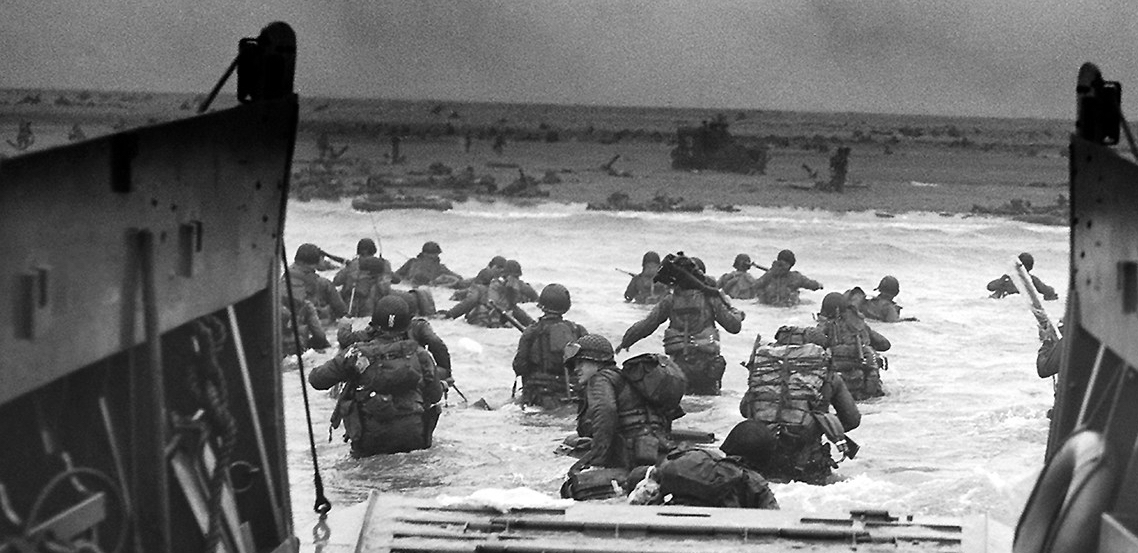
Here’s a great picture of an M-42 Duster and crew in 1970-71. The Duster was a dual mount 40mm antiaircraft gun based on the M41 Walker Bulldog light tank. In their primary role, these weapon systems were obsolete by the time of Vietnam. But they were very effective in the ground support role.
In Vietnam, the Army employed numerous battalions of self-propelled artillery. These high value assets were frequently protected by Dusters in close support for defense against ground assault.
Usually sent out in sections, the antiaircraft tracks found employment in perimeter security on fire support bases, route clearance, and convoy escort operations. Like many of the small detachments that are called slice elements in the Army, Duster crews often lived an almost gypsy-like existence.
Many units in Vietnam allowed their Soldiers a great deal of leeway to paint names, logos, and other pictures on their tracks. Crews painted everything from Playboy Bunnies to dragons on their vehicles, and nearly everything in between. There wasn’t a great deal of nudity permitted (think World War II nose art), but besides that, the sky was the limit.
First, there must’ve been at least one serious audiophile on the crew, probably the TC. Charles Wright and the Watts 103rd Street Rhythm Band laid down some sweet tracks such as the soul classics “Express Yourself” (1970) and “Love Land” (1970). In total, Charles and crew scored nine singles on the Billboard pop and/or rhythm and blues charts. In fact, they’re still going strong today, and I hope the Soldiers in this picture are still jamming with the band’s tunes.
Next, you can see that someone has stenciled M*A*S*H on the mantlet. They must’ve either read the book or seen the film, which was released in 1970. Nominated for five Oscars, it was a pop hit at the time this photo was taken. The movie and book were very well known, and someone on the crew must have sensed a connection between the shenanigans in the story, and their own experiences in Vietnam.
Finally, the bumper numbers are a pretty good example of how crazy those markings can get in the Army. You might be thinking, “How hard can it be to stencil numbers and letters on a flat surface?” Ah, the bliss of ignorance. Actually, painting on bumper numbers can be a real pain in the ass. But I digress…
The bumper numbers on this track tell a story if you know how to decipher them. Over on the right side of the hull, 23GP5AW2 is neatly lettered in white. In American, this means 23rd Artillery Group, 5th Battalion (Automatic Weapons), 2nd Field Artillery Regiment. Simple, huh?
On the left side, you can read A222. Nope, it doesn’t mean that they had 222 tracks, LOL. Instead, it means Alpha Battery, 2nd Platoon, 2nd Section, Track/Squad 2. In the Army, a section of tanks, M113s, Bradleys, etc, usually consists on two tracks, the section leader and his wingman. So now you’re scoped in.
5/2 FA was based primarily out of Qui Nhon, and assigned to II Field Force, Vietnam. The battalion served in-country from 1966-71, and had an attached battery of quad .50 AA heavy machine guns (Delta Btry, 71st FA).
Never forget, Mark
US Army Photo
